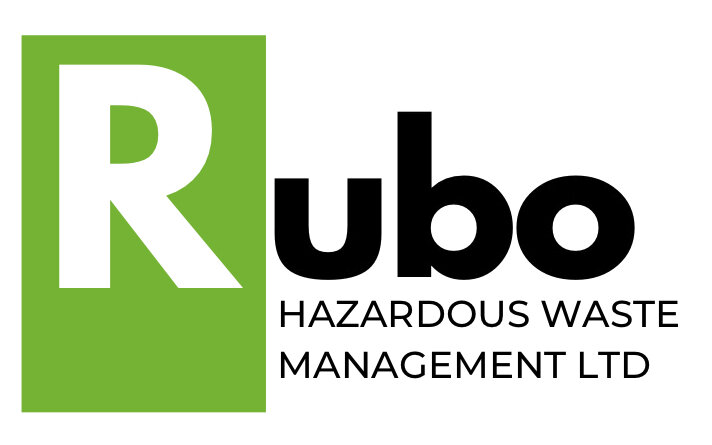Contaminated Packaging Recycling: A Sustainable Solution for RMC Bulk Bags
In the world of industrial waste management, finding innovative solutions for recycling and disposing of various materials is crucial for environmental sustainability. One such challenge we encountered was dealing with contaminated packaging, specifically focusing on recycling bulk bags that contained Roasted Molybdenum Concentrate (RMC). In this case study, we delve into how we successfully managed bales of RMC-contaminated bulk bags, highlighting the complex waste management regulations and processes involved.
The Challenge: RMC-Contaminated Bulk Bags
Our client faced a unique waste management challenge - disposing of bales of bulk bags contaminated with Roasted Molybdenum Concentrate (RMC). Each bale contained approximately 105 bags, weighing 350kg (gross) or 330kg (net). The challenge lay not only in managing the physical disposal but also in adhering to strict hazardous waste regulations due to the potential carcinogenic properties of RMC.
Regulatory Complexity: Navigating Hazardous Waste Regulations
The hazardous nature of RMC posed a significant challenge. The Chemical Abstracts Service Number (CAS No.) of RMC was identified as 86089-09-0, and it was classified as potentially causing cancer through inhalation (H351). According to the Waste Management Directive (WM3), any contamination exceeding 25g per 2500g bag breached the threshold of 1% for Hazardous Property 7 (HP7). This placed the waste packaging under the category of hazardous waste, specifically, EWC code 15 01 10* - packaging containing residues of or contaminated by hazardous substances.
Waste Management Strategy: Collaboration and Compliance
To address this challenge, our team collaborated closely with our client and other stakeholders including the waste haulage company, who played a crucial role in implementing a comprehensive waste management strategy.
Waste Identification: Detailed waste information, including its source, hazardous components, and physical characteristics, was compiled. The waste's origin, "Manufacture of other inorganic basic chemicals," was identified using the Standard Industrial Classification (SIC) code 20130.
Transportation and Handling: Our haulier ensured that the waste was correctly packaged and labelled for transportation. Compliance with specific handling requirements and precautionary measures was strictly adhered to, as specified in the Consignment Note.
Regulatory Compliance: The waste producer, carrier, and consignor meticulously completed the required documentation, ensuring compliance with The Hazardous Waste Regulations 2005. This included details such as consignment note codes, waste producer information, and carrier registration.
Waste Hierarchy: Fulfilling the duty to apply the waste hierarchy, as mandated by Regulation 12 of the Waste (England and Wales) Regulations 2011, was a key aspect of the waste management strategy.
Sustainable Disposal Solution: Recycling and Waste Hierarchy
The sustainable disposal of RMC-contaminated bulk bags involved adhering to the waste hierarchy - prioritizing prevention, reuse, recycling, and energy recovery over disposal. Given the specific nature of the contamination and the hazardous properties of RMC, our team focused on recycling the bulk bags wherever feasible.
Results and Environmental Impact
Through collaborative efforts and meticulous adherence to hazardous waste regulations, our client successfully managed the disposal of the bales of RMC-contaminated bulk bags. By following waste hierarchy principles and collaborating with waste management professionals, the environmental impact of the disposal process was minimized, aligning with the broader goal of sustainable waste management.
In conclusion, the case study of recycling contaminated packaging, particularly RMC-contaminated bulk bags, underscores the importance of waste hierarchy, regulatory compliance, and collaboration in achieving sustainable waste management solutions. By addressing complex challenges like hazardous waste disposal, we contribute to a greener and more environmentally conscious future.
